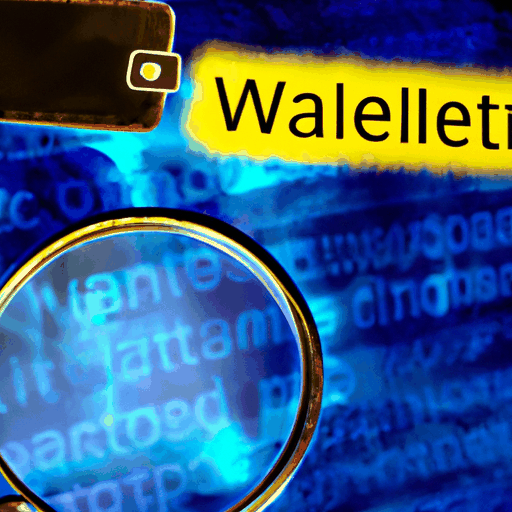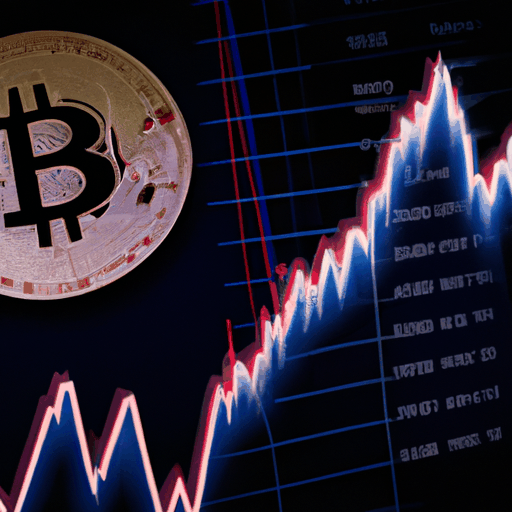
US Treasury and Banking Concerns Over Stablecoins Highlight Regulatory Challenges
By: Eliza Bennet
In recent developments, the U.S. Treasury's Office of Foreign Assets Control (OFAC) has imposed sanctions on various firms and individuals associated with circumventing international restrictions tied to Russia's actions in Ukraine. This marks a critical step by regulators focused on restricting the use of stablecoins in sanctions evasion. According to the OFAC, stablecoins have emerged as a sophisticated tool in avoiding sanctions due to their seamless speed and global accessibility, offering a low-cost alternative to traditional banking.
Among the entities spotlighted was A7 LLC, creator of the ruble-backed A7A5 stablecoin. The firm has reportedly processed transactions amounting to $1 billion daily, assisting in significant cross-border flows otherwise restricted under sanctioned conditions. Ilan Shor, convicted for the substantial financial scandal in Moldova, co-owns A7 alongside Russian state-owned Promsvyazbank (PSB), further complicating the entity's status. The scrutiny extends to Old Vector LLC in Kyrgyzstan, a key issuer within the sanctioned network exemplifying the opaque nature of their operations.
Meanwhile, U.S. banking groups, led by the Bank Policy Institute (BPI), are expressing grave concerns over the GENIUS Act regarding stablecoins. They assert that loopholes in recent legislative developments could potentially prompt a significant shift of deposits from traditional banks, estimating potential losses upwards of $6.6 trillion. Furthermore, they argue this movement might threaten lending capacities and raise interest rates, thereby impacting business and household finances across the country.
However, crypto stakeholders have been quick to counter these fears. Leaders from major platforms underscore a perception that these alarmist statements serve more as self-preserving measures than genuine systemic risks. Coinbase executives pointed out previous Congressional decisions rejecting similar concerns, emphasizing the stability and competitive nature of the digital currency market. This ongoing debate underscores the broader tension between maintaining a robust financial regulatory framework and embracing the competitive innovations arising within the digital currency and stablecoin markets.



